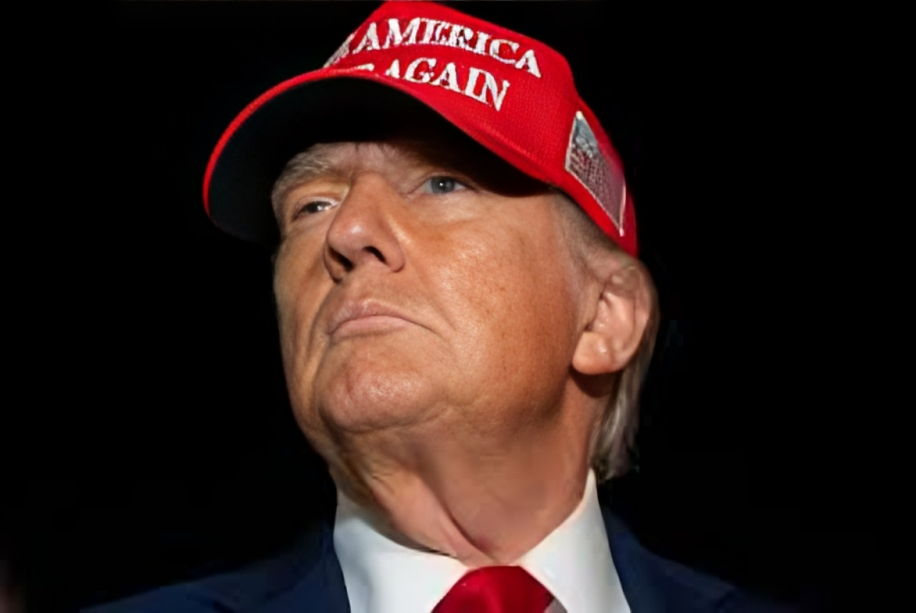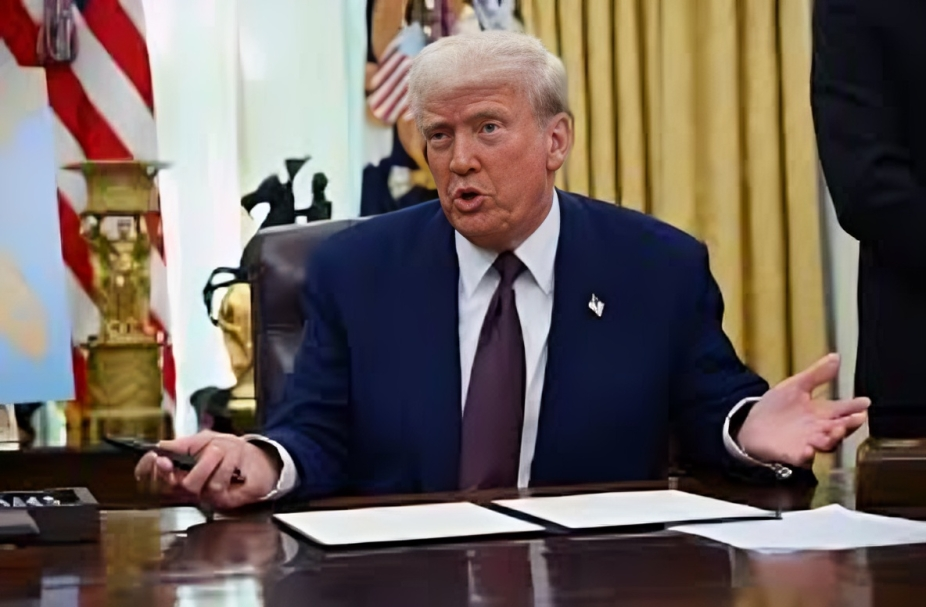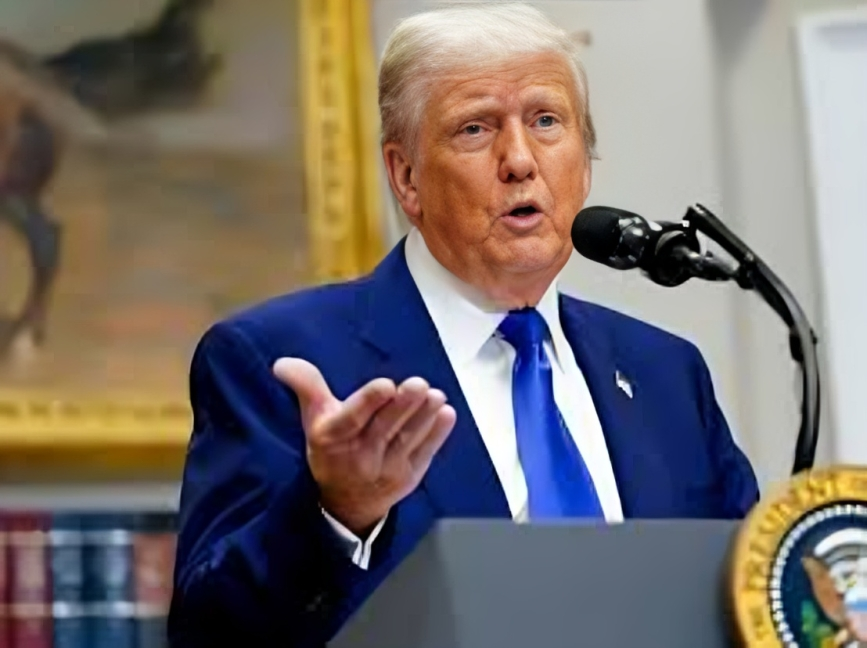In an adventurous and controversial step, US President Donald Trump has signed and sent tariff ultimatum letters to 12 countries, demanding them to accept the proposed trade conditions or to face the punitive tariff hike starting from 1 August. This rigorous step, which Trump “left or left it”, is a strategic shift for a strategic change from the signal, signal that is for global trade.
As Trump rode the Air Force one in New Jersey, he confirmed reporters that the letters propose tariff rates of different levels, based on the trade relations of each country with the United States. This aggressive policy push comes in the form of a 90-day suspension period, which ends on 9 July on the declared tariff, which increases the alarm in global markets and diplomatic circles.
Major main attractions of announcements
Trump confirmed letters sent to 12 countries
While the names of countries are undeclared, it is clear that major American trade partners – Japan, including European Union, India and Vietnam – are in Crosshair. Trump avoided him to name him specially, but indicated that the list would be publicly revealed by Monday.
Tariff level: 10% to 70%
Initially, a 10% base tariff was announced in April 2025, but Trump now indicates the possibility of climbing up to 70% for non-non-transport countries. Approval or counterproposals have been scheduled for July 9, and the new rates are scheduled to effective on 1 August.

Shift to impose from conversation
Trump’s move reflects disappointment with the slow pace of business talks, especially with strategic colleagues such as Japan and the European Union. “Letters are better … very easy to send a letter,” he commented, underlined a priority for unilateral decisions on unilateral decisions.
Running Trade Dialogue: Hit and Mrs.
UK deal finalized
The only major success so far has been with Britain, which achieved a continuation of 10% base tariff by receiving preference treatment for industries such as automobile and aircraft engines. The agreement was finalized in May 2025.
Vietnam gets relief
In an important concession, Trump first reduced the 46% tariff on Vietnamese goods by 20%. Additionally, the US agreed to the duty-free access to many US products entering Vietnam-South was seen as a strategic counter for China’s influence in East Asia.
India makes the deal staggering
The expectations of a success trade deal with India have collapsed. Despite high-level meetings and comprehensive dialogues, the difference on agricultural imports, digital taxation and drug exports has proved to be unjust.
European Union’s conversation has stopped The European Union diplomats confirmed on Friday that the conversation had killed a dead end. They can now aim to maintain a status quo to avoid a disastrous tariff war that can affect major exports such as German automobiles and French agricultural products.
Background: Tariff Strategy comes out
President Trump’s aggressive tariff policy began with the announcement of a universal 10% tariff in April, cited an imbalance in unfair trade practices and bilateral trade. However, that plan was temporarily suspended for 90 days to allow interaction with global partners.
The suspension period ends on 9 July, and the latest statements of Trump show that patience is thin. Now the letters sent are not open invitations for dialogue – they are solid offers, or ultimatums.
This strategy comes as part of a comprehensive effort to reduce the US trade deficit and bring the construction back to the US earth. However, critics argue that such moves can provoke vengeance, disrupt global supply chains, and hurt American consumers through high prices.

Geophagical and economic implications
Market volatility
Financial markets have already shown signs of nervousness. Any confirmation of 70% of tariffs can lead to extensive sales, especially in areas dependent on global trade.
Strategic recurrence
Countries such as Vietnam and UK can separate the European Union and India aligning with American terms, create new business blocks and transfer global trade architecture.
Domestic political angle
With the mid-term of 2026, Trump Michigan and Ohio are betting on conservationism as a vote-winner in the states such as Michigan and Ohio.
Challenges for fast track trading deals
The new approach of the White House also highlights the challenges of sealing broad trade deals in a short time. Most business agreements take years to exclude complex issues ranging from tariffs and quota to labor standards and environmental protection.
On accelerating this process, Trump’s stubbornness risks at the risk of shallow or unilateral agreements that cannot keep long -term checks or mutual benefits.
Real world influence on India and European Union
If America increases tariffs, India’s textiles and pharma areas may face significant disruption. In the talks, the breakdown is a setback for New Delhi, targeting as a step towards comprehensive cooperation for a limited trade deal.
European Union
Failure to reach the agreement can kill German car manufacturer, French liquor producers and the Italian fashion exports -all major players in the economy of the US Union. Brussels can now see the World Trade Organization for the controversy.
India-US Trade Agreement: Trump’s Big Expectations

